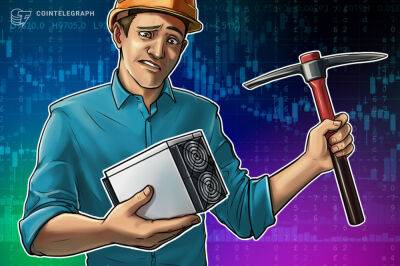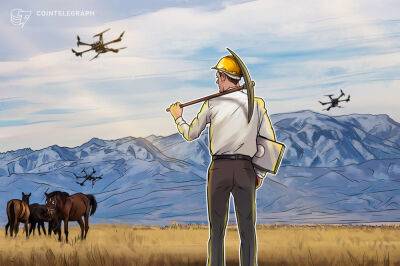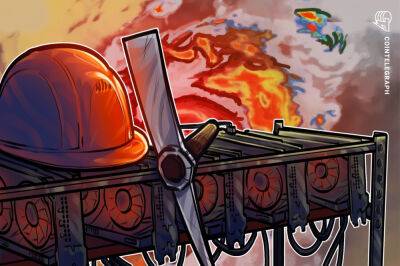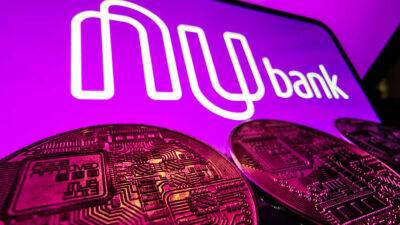How to build a cryptocurrency mining rig
Cryptocurrency mining involves using a computer, or several computers, to validate transactions on a blockchain. Technically, these computers solve cryptographic equations and record data in a digital ledger. The more computers solving equations, the faster the blockchain can validate transactions.
When miners verify the hashes of unconfirmed blocks, they receive a reward for each verified hash. Mining can be energy and computationally-intensive, requiring specialized hardware and crypto-mining software.
Among the most mined (and most profitable) cryptocurrencies are Bitcoin (BTC), Monero (XMR), Ravencoin (RVN), and Dogecoin (DOGE). Ether (ETH) used to be part of this list but Ethereum has recently shifted to a proof-of-stake (PoS) consensus algorithm, which means ETH can no longer be mined.
Understanding cryptocurrency mining is vital for those who want to invest in cryptocurrencies. After all, miners play a critical role in ensuring the security and decentralization of blockchains. Cryptocurrency mining is a process that requires the use of specialized crypto mining hardware, software and a mining pool. The process can be difficult to understand and set up without proper guidance, so here are some essential details to get you started.
A mining "rig" is a customized personal computer (PC) that contains all standard PC components: a CPU, motherboard, RAM and storage. The main difference is that mining rigs use graphical processing units (GPUs) instead of central processing units (CPUs).
GPUs are better at solving the cryptographic equations needed to verify transactions on a blockchain. A single high-end GPU can outperform a standard CPU by up to 800 times in terms of instructions per clock. This makes them essential for
Read more on cointelegraph.com
























